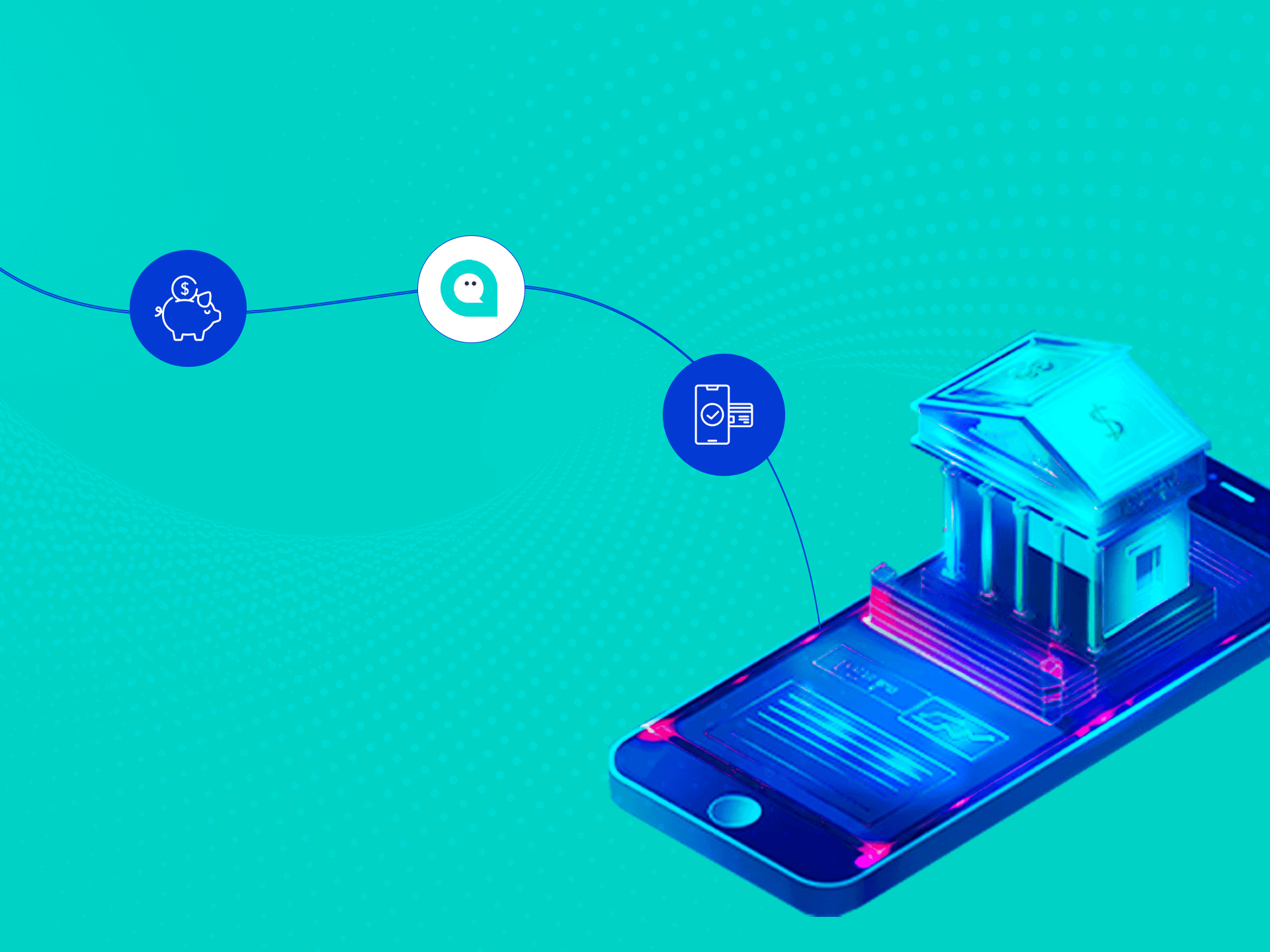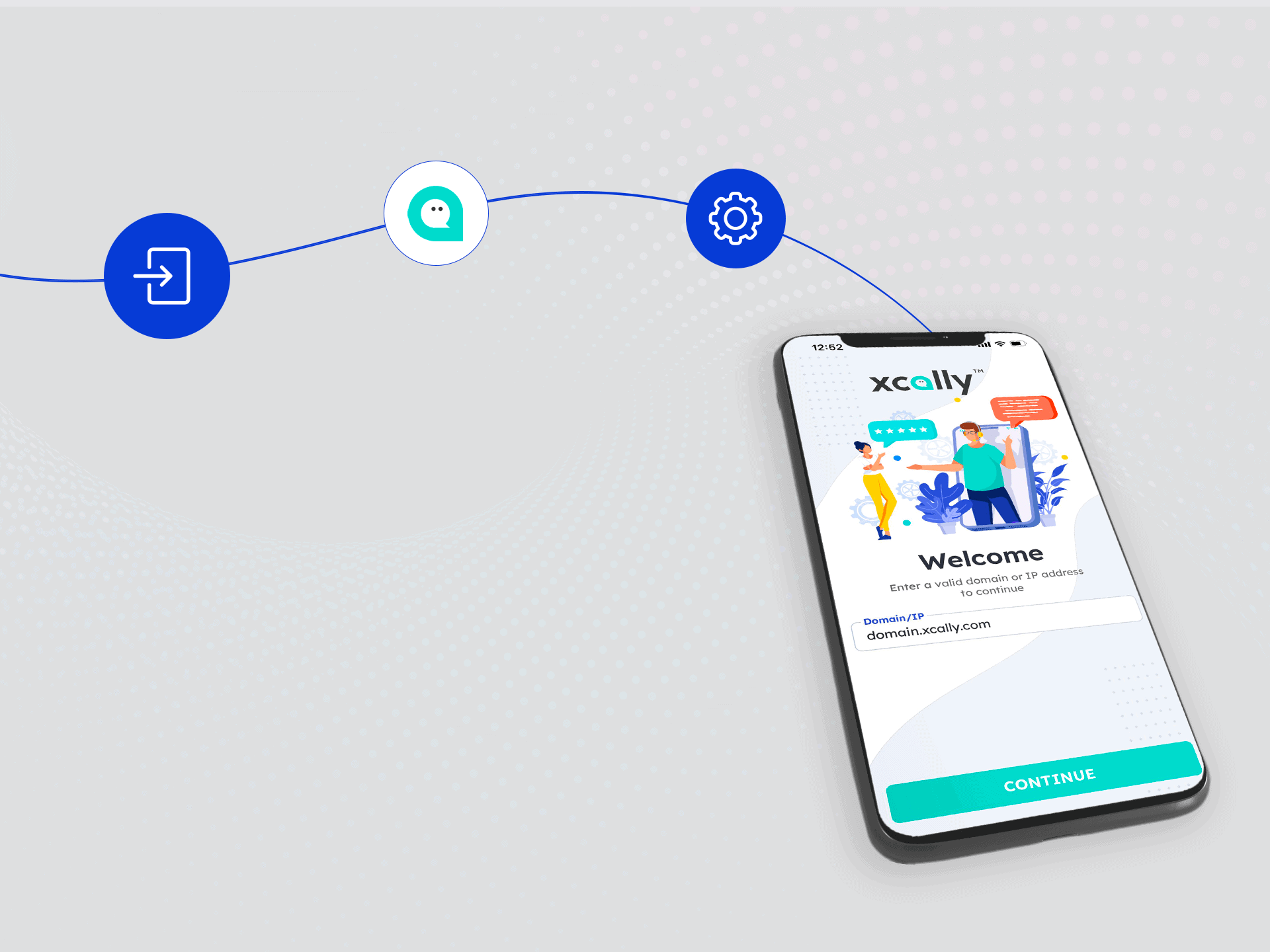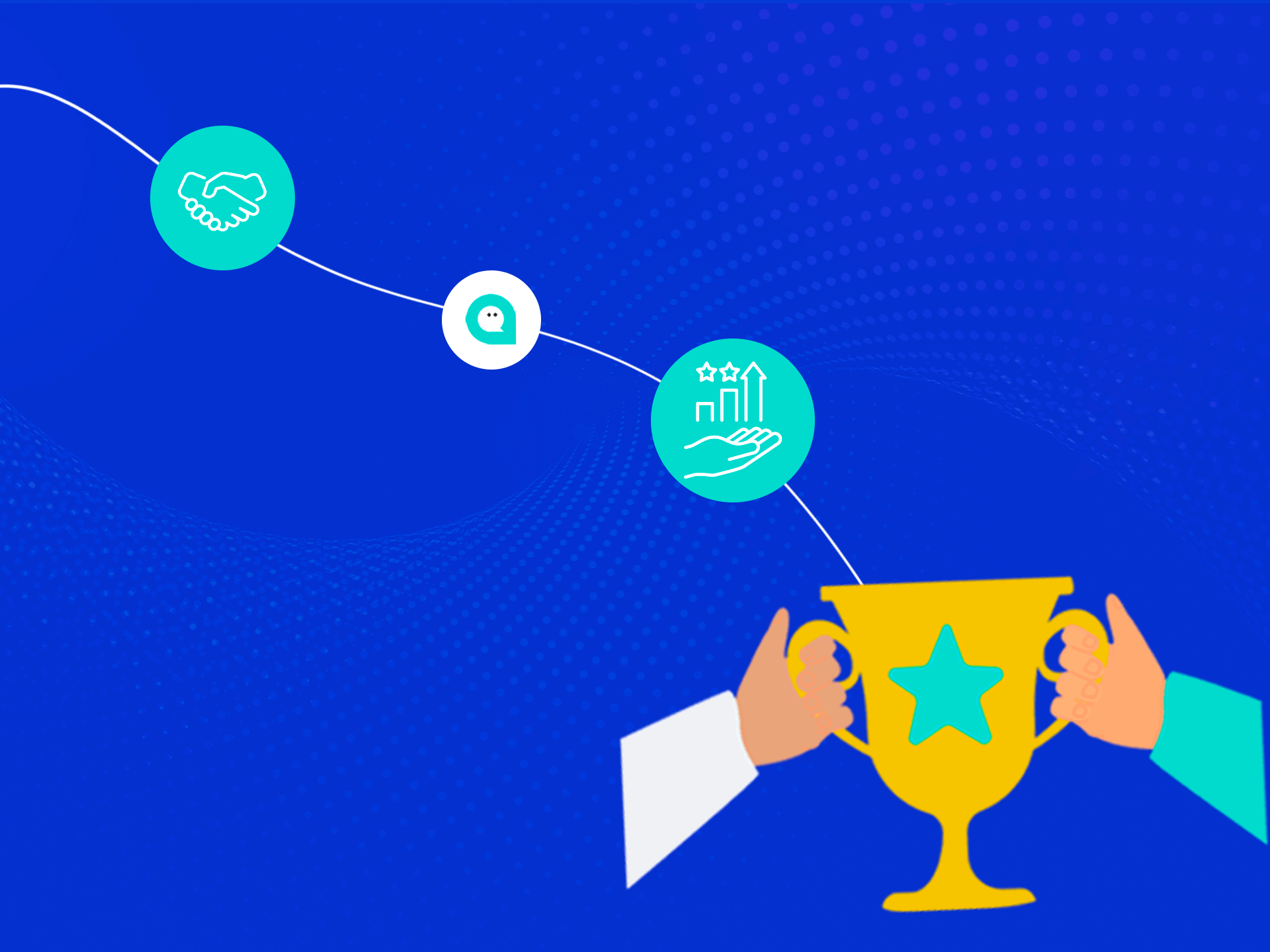Predictive models based on machine learning are becoming essential tools for companies of all sizes, in order to meet the demands of an increasingly competitive market. These models can help companies predict future customer behavior, improve operational efficiency, and make informed decisions that can lead to competitive advantage. But what exactly is predictive machine learning and how can it improve a company's efficiency?
What is predictive machine learning
Predictive machine learning is a branch of theartificial intelligence (AI) that uses algorithms and statistical techniques to predict future outcomes based on historical and current data. This type of machine learning is fundamental to the development of predictive models, which are tools that can predict future events with a certain degree of accuracy, based on patterns and trends in the data.
This enables companies to move from the reactive approach to the proactive approach: instead of just reacting to events, they can anticipate them and optimize business decisions.
The advantages of predictive models
The main advantages of predictive models are:
- Detailed and reliable forecasts
- Automating the forecasting process
- Optimization of decision making
- Increased revenue
- Risk reduction
How do Predictive Models work?
To create a predictive model, data must be collected. This data can come from a variety of sources, such as enterprise databases, social media, sensors Internet of Things (IoT) and more. Once collected, the data are cleaned and prepared for analysis in which machine learning algorithms are used to analyze them and identify patterns and correlations. This information is then used to build a model that can predict future outcomes.
How Predictive Models can help a company
By taking advantage of the models created through predictive analytics, there are many benefits to be gained, especially in some areas of business.
Improve operational efficiency
Predictive models can help companies to improve operational efficiency in many ways. For example, they can be used to optimize inventories by predicting when and where certain products will be needed. This can reduce inventory costs and improve customer satisfaction.
Increase customer satisfaction
Predictive models can also be used to improve customer satisfaction. For example, they can be used to analyze customer data and predict their future behavior. This can help companies personalize their offerings and provide better service.
Making Informed Decisions
Finally, predictive models can help companies make informed decisions. For example, they can be used to predict the outcomes of different business strategies, allowing companies to choose the strategy with the highest probability of success.
Identifying potential customers through predictive models
Another key use of predictive models is to identify new potential customers (prospects).
By analyzing demographic data, interests, online behavior and other characteristics of existing customers, the models create profiles of ideal candidates. From this follows the possibility of:
- Create qualitative lead lists, segmenting the potential market and generating highly profiled leads.
- Personalize marketing by defining specific messages and offers for each prospect cluster.
- Reducing customer acquisition costs by targeting only truly interested prospects saves resources.
Customer retention is the ability of a company to retain its customers over a given period of time. It can be measured by the calculation of customer retention rate.
Improving customer retention by leveraging predictive analysis
Predictive models also help predict and preventcustomer abandonment (churn) by making better use of certain steps necessary for customer retention.
- Churn analysis-Analysis of risk factors to identify in advance which customers might terminate the relationship.
- Preventive actions - Based on the forecast, implement defensive strategies such as promotions, proactive customer care.
- Optimize loyalty strategies-Awareness of the causes of churn enables improved loyalty and retention programs.
An example of practical application of predictive models
One of the most popular applications of predictive models is in sales forecasting. By analyzing data such as past sales, seasonality, market trends, promotional events, and other variables, predictive models accurately estimate future sales performance.
So let's imagine the scenario related to a company that wants to improve its sales strategy, such as on its e-commerce channel. Leveraging the historicity of data collected over time, the company decides to create a predictive model and leverage it to understandwhat steps to implement to optimize and make its online site perform better for sales.
The algorithm, if well calibrated and "trained" through machine learning, can then serve to:
Supply chain planning
Knowing the level of expected demand in advance will enable the company to better organize supplies, inventory and production capacity.
Optimize the warehouse
Predicting future demand for each product will enable the company to optimize inventory levels and avoid costly out-of-stocks.
Customize offers and promotions
Knowing sales forecasts by customer segments enables the creation of targeted offers and more effective campaigns.

Implementing predictive models in an enterprise
In conclusion, predictive models based on machine learning can be very powerful tools for companies. Whether improving operational efficiency, increasing customer satisfaction, or making informed decisions, these models can provide valuable insights that can help companies thrive in a competitive marketplace.
In order to implement them effectively, the basic steps are:
- Collect quality data on all relevant processes
- Identify the scenarios on which you want to make predictions
- Choose machine learning models best suited for the purpose
- Thoroughly validate models before putting them into production
- Integrating models into decision-making and operational processes
- Monitor and continuously improve predictive performance
XCALLY and the use of Predictive models applied to contact centers
To optimize customer care and maximize operational efficiency, XCALLY offers an innovative solution to improve call center performance and deliver a superior user experience.
How does XCALLY apply predictive models?
In a nutshell, XCALLYuses advanced algorithms and artificial intelligence to analyze large amounts of historical and real-time data. These predictive models make it possible to predict and anticipate certain future behaviors or outcomes. In the call center context, this means having a clearer overview of customer needs, call trends, service requests, and more.
Leveraging predictive analytics, for example, it is able to realize the intelligent call distribution (can automatically assign incoming calls to the most suitable operators based on various factors, such as skills, availability, and past performance), reducing customer waiting time, improving call routing, and increasing overall customer satisfaction.
In addition, XCALLY's predictive models enable optimized demand forecasting and resource planning. By analyzing historical call patterns, traffic peaks and other factors, XCALLY can accurately predict future call volumes and plan staffing and resources accordingly. This avoids overloading or underutilization, ensuring optimal operating efficiency.
Another advantage of XCALLY's predictive models is the ability to identify customers at risk of churn. By analyzing customer data, browsing behaviors, and previous interactions, XCALLY can identify signs of dissatisfaction and take preventive measures to improve customer retention. This enables companies to intervene early, offer customized solutions and preserve customer loyalty.
In conclusion, the application of XCALLY's predictive models revolutionizes the approach to customer service. Through predictive analytics and artificial intelligence, XCALLY delivers greater operational efficiency, improved user experience, and proactive customer management. By harnessing the power of predictive models, XCALLY is the ideal choice for companies that want to achieve extraordinary results in the contact center industry.




